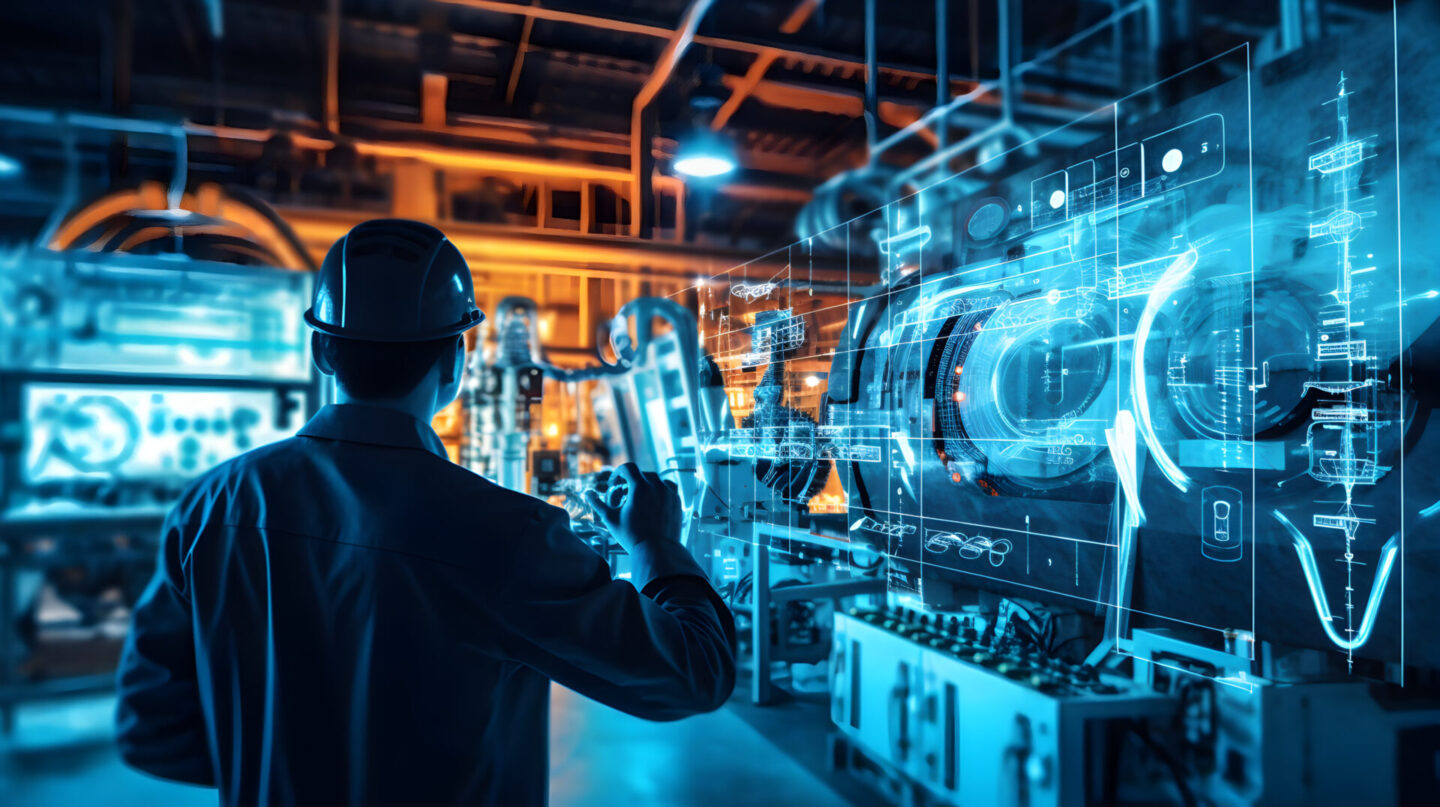
Margins are tight, personnel are in short supply, and competition is steeper than it has ever been in the process manufacturing industry. As a result, organizations are looking to capture every ounce of performance improvement possible. One of the key places performance improvement gains can be achieved is in reliability. Getting ahead of asset issues can help teams avoid excessive repair costs, redundant work, and unanticipated downtime.
In his recent article in Plant Engineering magazine, Emerson’s Romeu Kleinubing explored how condition monitoring (CM) programs can help teams meet their reliability goals, including increasing machine availability, improving reliability and product quality, reducing maintenance costs, and improving safety.
However, Romeu explains, evaluating CM solutions can be tricky. He shares,
“The ongoing development of new technical features and system capabilities—along with the improved reliability of diagnostic results—have increased the capabilities of such systems. However, the number of production assets that qualify for continuous online monitoring increased as well. This expansion often makes choosing the right solution seem like an impossible task.”
In response to this challenge, Romeu lays out a few strategies to help organizations select a CM solution in line with their needs.
The right returns
One of the key strategies to selecting the right CM system is to think about the results the organization is hoping to achieve with that technology. Romeu offers two key methods of assessing whether or not a CM system will deliver value:
- The payback period, which determines whether the investment in the system pays for itself within a defined period. The result is expressed in time (i.e., years, months).
- The ROI, which measures the amount of return on an investment in a specified time period relative to money spent. To calculate the ROI, the return or benefit of an investment within a time frame is divided by the cost of the investment, and the result is expressed as a percentage or ratio.
Using these metrics, teams can more easily set goals for a CM program, and evaluate achievement of those goals at regular intervals, both to determine that the system is operating as expected and to demonstrate results for management to secure approval and funding to expand upon successes.
Considering criticality
Teams pursuing CM solutions also need to consider machine criticality. Many reliability teams want to monitor everything, but they quickly learn that without a plan, they can be rapidly overwhelmed with loads of data and not enough people to turn it into actionable information. It is important, Romeu explains, to determine which are the most essential assets to monitor and then work from there to decide how and when to collect data.
“CM project teams must consider many factors including process layout (e.g., single line or multiline), profits per hour (in case of production loss), ability to keep the process running downstream of the failed machine, time and cost for shutdown and start-up, equipment redundancy (i.e., availability of backup machinery), average mean time to repair of the evaluated assets, failure history of the machinery, and availability of maintenance experts and tools.”
These decisions often come back to ROI. The most critical assets will deliver the most fiscal value and safety improvement from continuous condition monitoring and also bring the most value from deployed resources.
Romeu also points out that organizations do not need to navigate this complexity alone. An experienced automation solutions provider can help them navigate the steps necessary for delivering the most value from a CM program, and deploying it as part of a future enterprise operations platform that will improve safety, efficiency, and productivity.
Romeu goes into much more detail in the full article over at Plant Engineering, including providing some real-world examples. Be sure to check it out!
